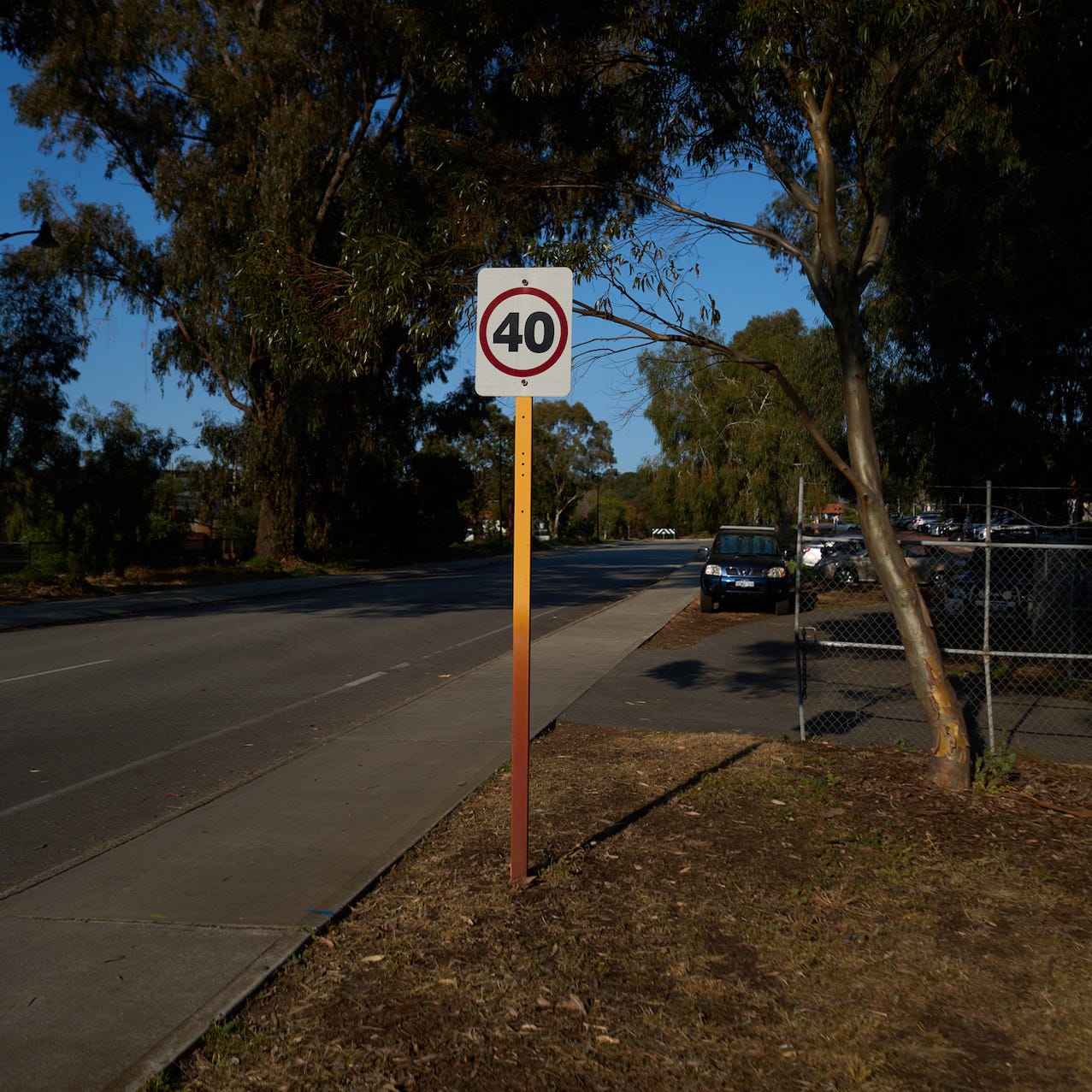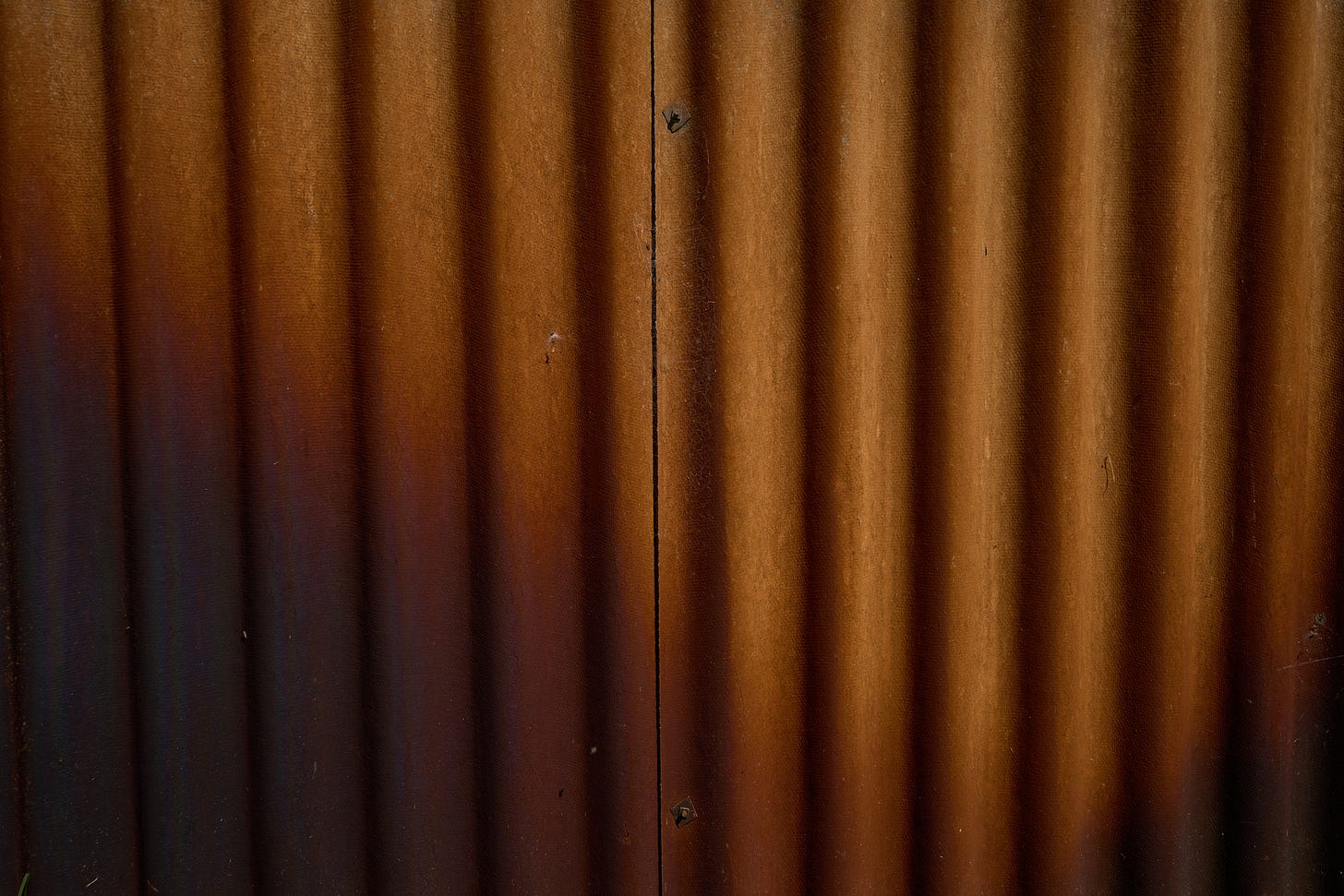Photo Series: Borewater Stains Of Perth (2024); Where Water Leaves Its Mark: Borewater, Belonging, and Suburban Memories
A quiet meditation on Perth’s most overlooked suburban signature.
Known as one of the driest capital cities in Australia, Perth faces a persistent and growing water scarcity, an environmental reality etched not only into policies and infrastructure but also into the very surfaces of everyday life.
Borewater, drawn from the underground aquifers that supplement the city’s limited rainfall, leaves behind a telltale residue: reddish-brown stains caused by the high iron content in the region’s groundwater.
These stains creep across fences, streak down brick walls, mar letterboxes, and pool around sprinklers on council ovals. For some, they are an eyesore- a blemish on the dream of a neat suburban home. But for others, they are markers of memory.
These rusty imprints become the accidental backdrops to growing up in the west. They stain the places where kids played barefoot cricket under a setting sun, where esky lids were flung open on Christmas mornings, where families barbecued through endless summers.
The stains speak to adaptation- to making green lawns in dry lands, but also to resilience and habit. They reveal a paradox: an aesthetic shaped by necessity, and a lifestyle shaped by climate.
Far from being merely unwanted residue, borewater stains can be seen as a quiet language of place.
They are a material response to scarcity, an imprint of how Perth’s suburbs have negotiated with drought and dryness. For some, they represent decay or neglect; for others, they are simply part of the texture of home, an earthy fingerprint of life lived under a big sky, with feet on scorched soil and memories soaked into rust-red walls.









